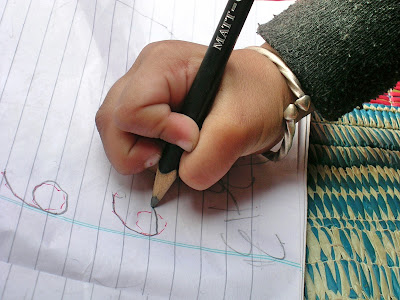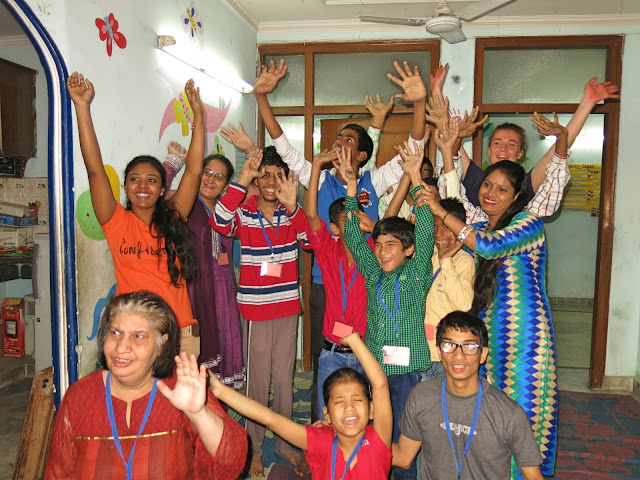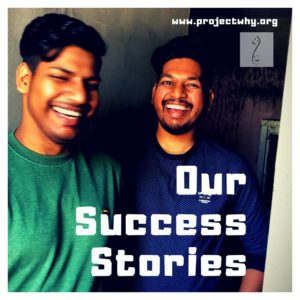
Project Why’s Neverland #ThrowbackThursday
We realised this was a daily routine: the mother would pull the charpoy outside the family’s jhuggi, lock the door, tie the toddler, kiss him fondly and leave. A few hours later she was back and would smother the baby with kisses as she untied him and carried him away. Something did not fit. The violence of the action (as we perceived it) did not match the love this young mum seemed to have for her child. There had to be a reason.
The mother worked and there was no safe place to leave her child. Any childcare cost more than her meagre salary and government-sponsored education only begins when the child is six. The mother had to find a solution and this was the best she had. It had its own logic. Tying the child with a scarf long enough for him to move around ensured that he would not stray away on busy streets. Placing the cot outside meant the child was watched as this was a street where people mostly live outside and there is always someone around. Hugging and kissing him was her way of showing him she cared.
What would you have done?
Needless to say this one incident was sufficient for Project Why to begin its early education programme and, like all else, the creche began with makeshift resources. The tiny space in front of the office where staff convened was emptied and turned into the first creche. A few mats, a few toys garnered from friends and a young local woman who was willing to teach: that was all we needed.
The Project Why creche is a wonderful place; even father Xmas knows that!
Over the years many children have “graduated” from the Project Why creche and entered school. Many come to one of our centres for after-school support. We feel a sense of pride at seeing all these little children ready to take on their future but at the same time feel sad because there are so many children who are not able to aspire to education and a better future. We wish we could do more.
The creche is Project Why’s Neverland. The children are eternally tiny and the moment any adults steps into the classroom, they too become children, filled by the laughter and joy the children share. It is the world of Peter Pan where smiles abound and laughter is ever-present.






































